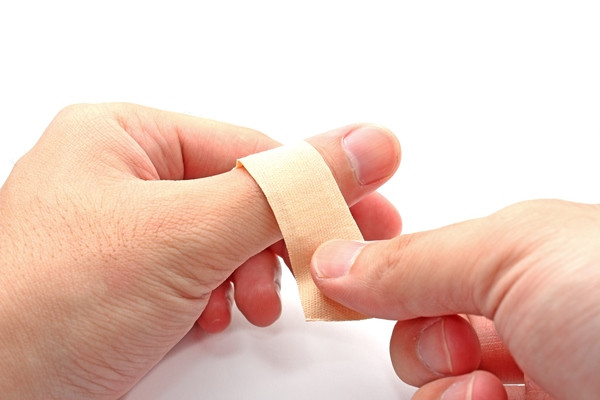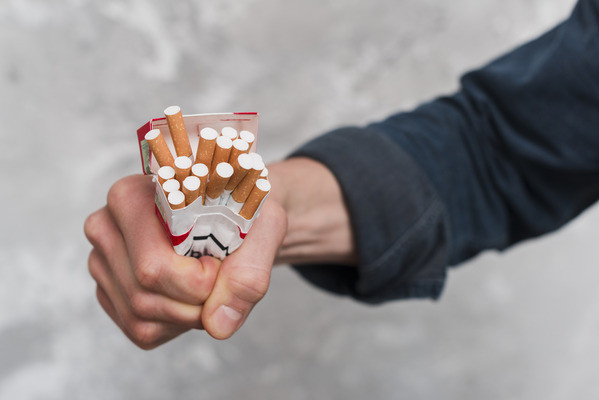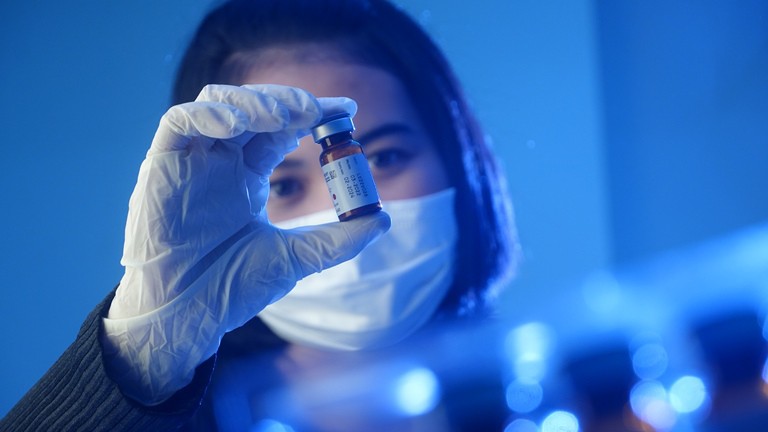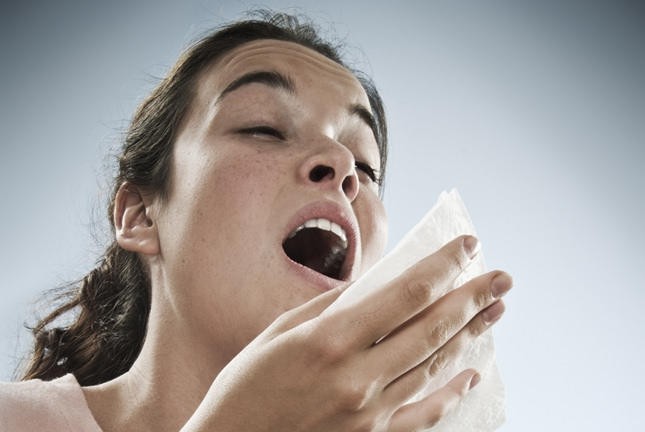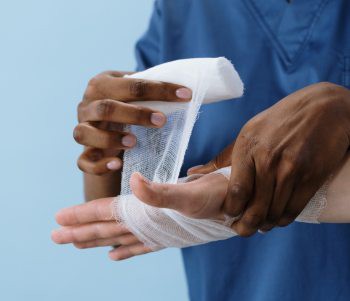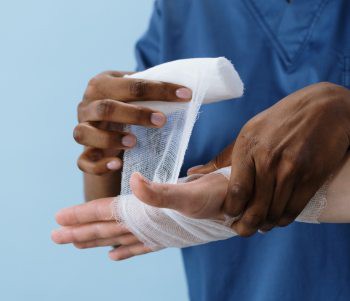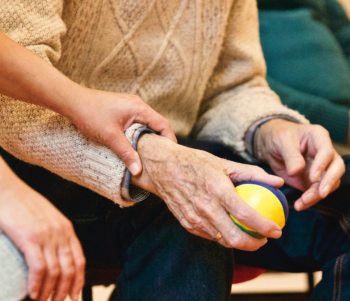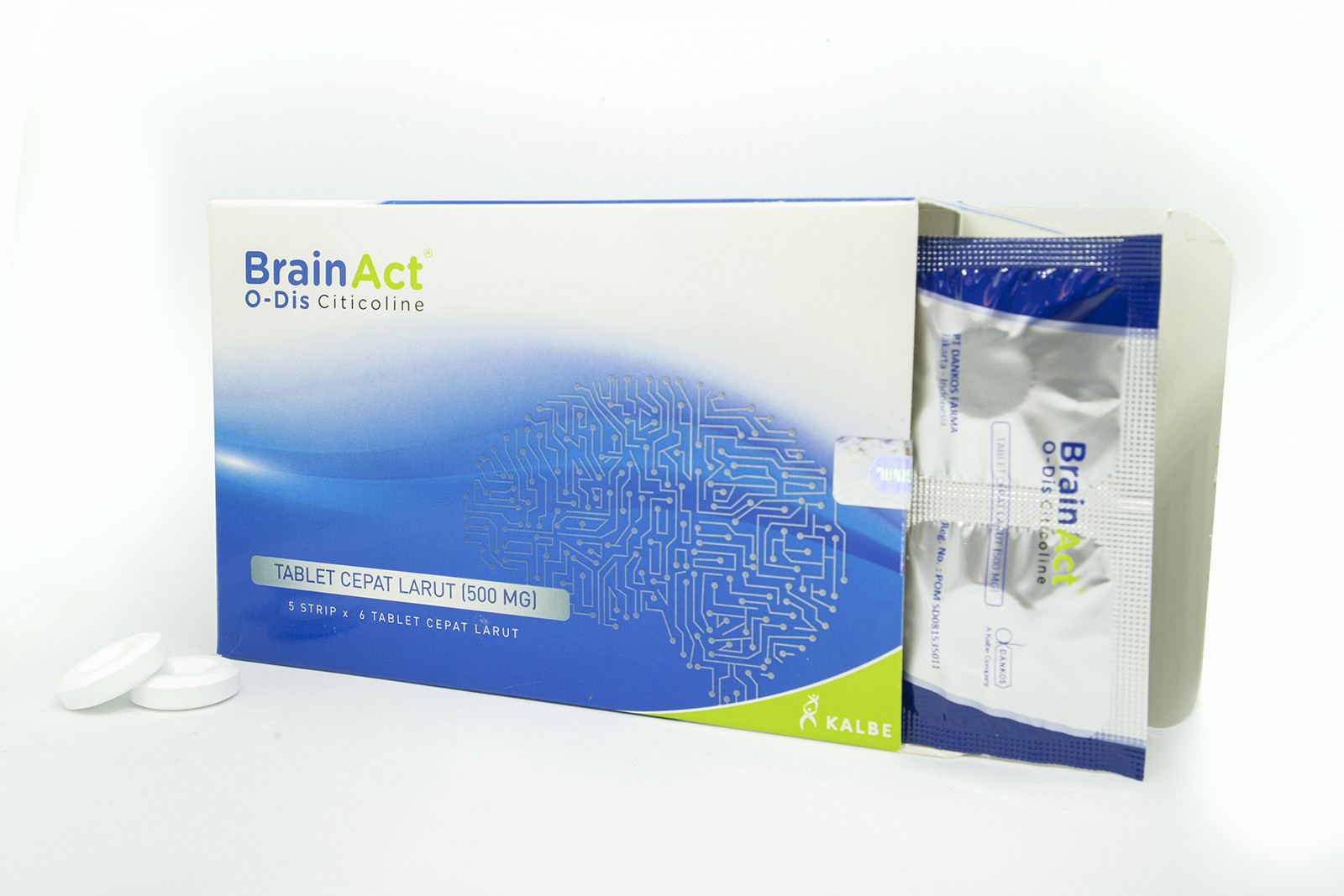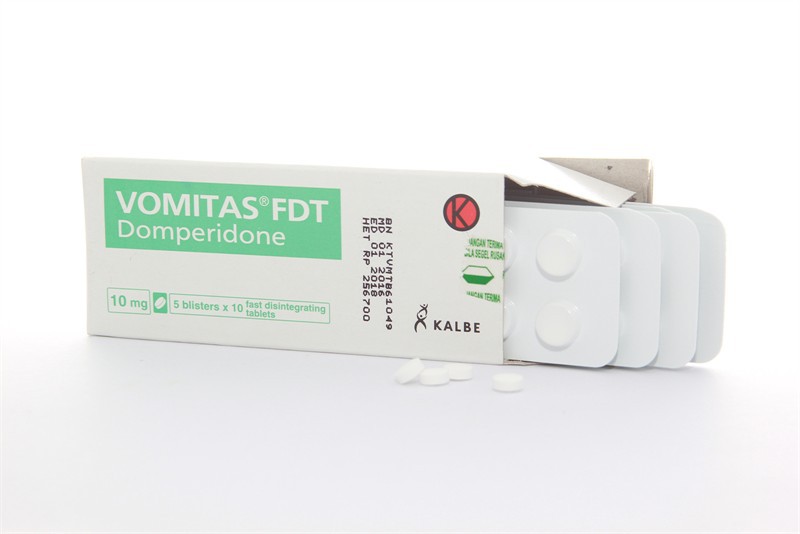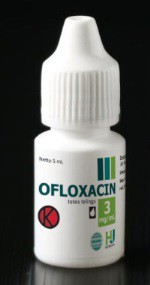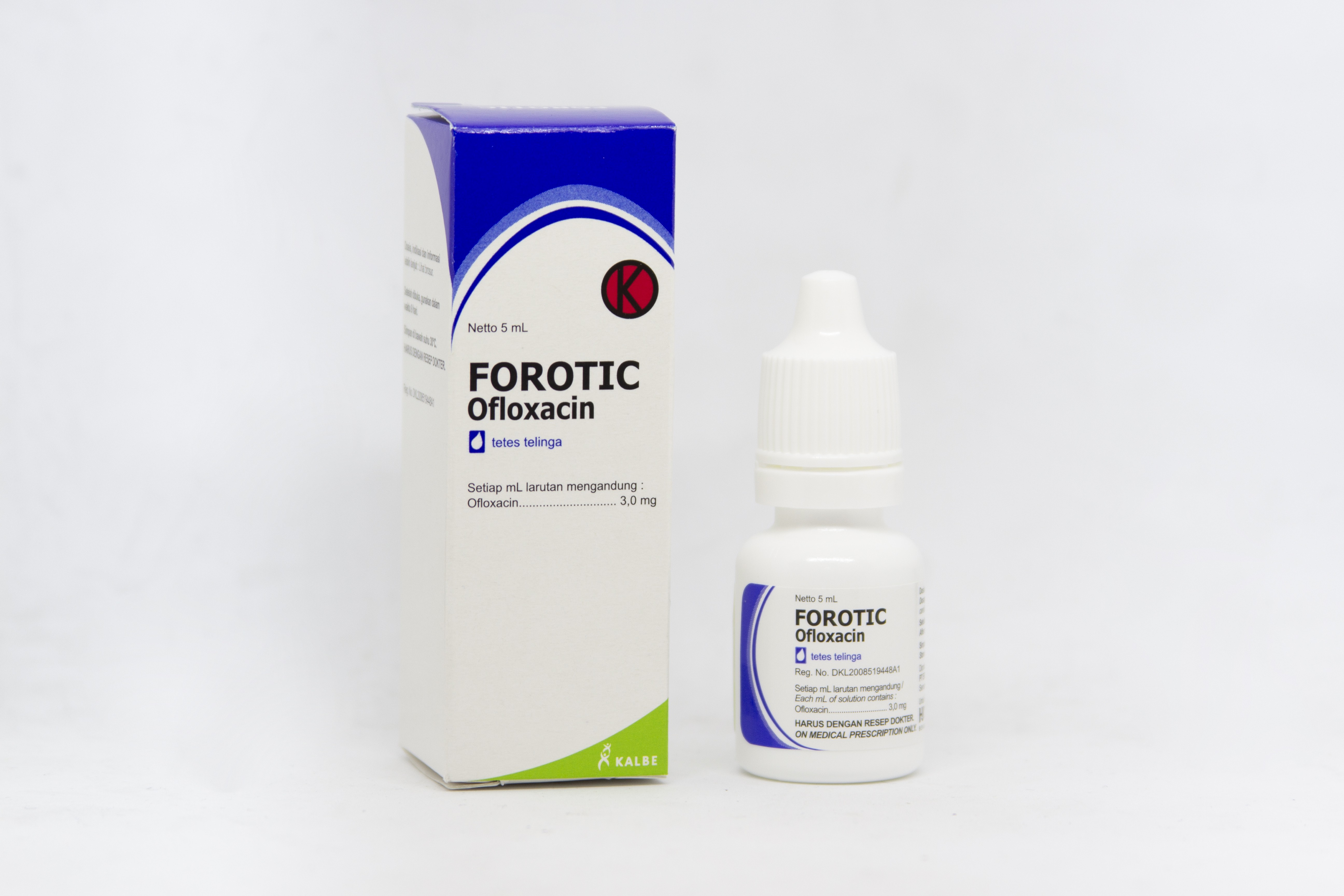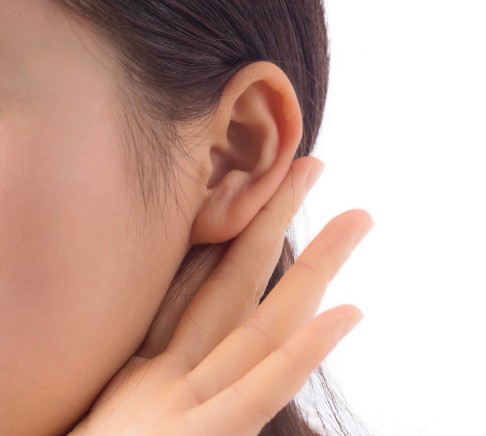
Traumatic tympanic membrane perforations tend to heal spontaneously. However, large perforations often require a longer healing time. Various studies have been carried out to speed up healing, one of them with biological materials.
Gelatin sponge is one of the biological materials used as support or packing in middle ear surgery and has shown effectiveness in repairing small or large tympanic membrane perforations. In addition to biologics, antibiotic ear drops from the quinolone class, specifically ofloxacin ear drops, have been widely used to treat acute and chronic otitis externa, otitis media, and myringoplasty.
Recent clinical trials have demonstrated using ofloxacin ear drops to accelerate the healing of traumatic tympanic membrane perforations. Research conducted by Li et al. aimed to compare the efficacy of gelatin sponge with ear drops of ofloxacin to expedite the healing of traumatic tympanic membrane perforation and compare it with spontaneous recovery.
Method
The recruited subjects were diagnosed with traumatic tympanic membrane perforation and came to the hospital from January 2014 to December 2018. Inclusion criteria included:
- Traumatic tympanic membrane perforation.
- Age>14 years.
- Pars tensa perforation at least 50%.
- The duration of perforation is less than one week.
Meanwhile, the exclusion criteria included:
- A history of myringosclerosis.
- A history of middle ear infection or severe vertigo on arrival at the hospital.
- Suspected granulation tissue damage or hyperplasia of the middle ear bone.
- Traumatic perforation is caused by electricity or chemicals.
- A history of middle ear disease in the ipsilateral or contralateral ear.
One hundred and fifty subjects were recruited into this study, then randomized into one of 3 treatment groups with the following treatments:
1. The group receiving ofloxacin ear drops (n=50): cleaned the ear canal with povidone-iodine with a cotton swab, then given 2-3 drops of ofloxacin with a frequency of 2 times a day, then tilted the ear for 30 minutes after use.
2. The group that received a gelatin sponge (n=50): the ear canal was cleaned with povidone-iodine with a cotton bud, then a gelatin sponge soaked in 0.5% erythromycin ointment with a size larger than the perforation was applied to cover the perforation with the edge of at least 2 mm.
3. Spontaneous healing group (n=50): ears were only cleaned dry without other intervention.
The parameters measured in this study were the percentage of perforation closure and its speed and improvement in the hearing threshold between the three treatment groups. Assessments were carried out within a predetermined follow-up period. For the ofloxacin group, follow-up was carried out after three days to ensure correct installation. Then, follow-up for each group was performed twice weekly for the first month, then weekly until the perforation closed or at the end of the 6-month follow-up period. The final assessment was carried out after six months. A significant relationship in the statistical test was determined if p <0.05. For the posthoc test, the p-value categorized as necessary was p<0.0167.
Results
Of the 150 subjects recruited, 136 subjects were included in the final analysis, while 14 subjects were lost to follow-up. As a result, there was a significant difference in the percentage of perforation closure between the three groups (p=0.041), with percentages of 97.6%, 87.2%, and 79.2%, respectively, for the ear drops of ofloxacin, gelatin sponge, and spontaneous healing. Based on posthoc analysis, the percentage of perforation closure was more significant in the group receiving ofloxacin ear drops than in the spontaneous healing group (p=0.008).
Perforation closure time was achieved faster in the group receiving ofloxacin ear drops (p=0.001) and the gelatin sponge (p=0.001) than in the spontaneous healing group. Respectively, the closing time was 13.12±4.61 days for those receiving ofloxacin ear drops, 16.47±6.24 days for those receiving the gelatin sponge, and 49.51±18.22 days for the spontaneous healing group. There was no significant difference in the improvement of hearing function after six months of therapy (p=0.79).
Conclusion:
Ofloxacin ear drops to increase the successful closure of traumatic tympanic membrane perforations with a higher healing rate than spontaneous healing of traumatic tympanic membrane perforations.
Image: Illustration
Reference:
Li X, Zhang H, Zhang Y. Repair of large traumatic tympanic membrane perforation using ofloxacin otic solution and gelatin sponge. Braz J of Otorhinolaryngol. 2022;88:9-14.

